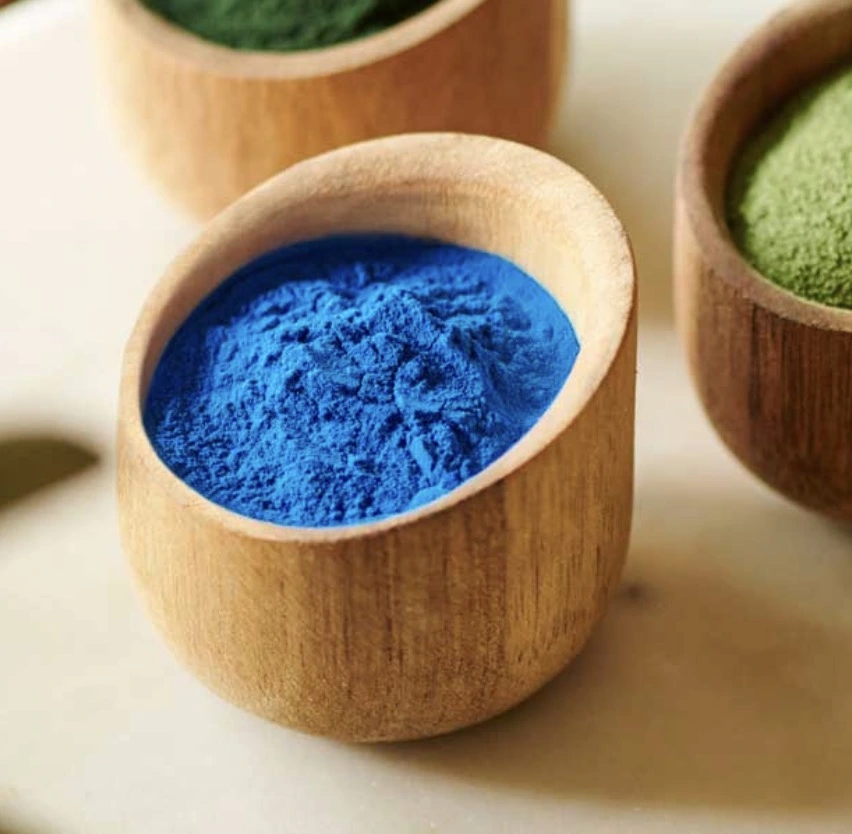The Benefits of Red Radish Powder E163(i) for Food and Beverages
In the ever-evolving world of food and beverage production, manufacturers are constantly seeking innovative solutions to enhance their products' appeal, nutritional value, and safety. One such solution that has gained significant attention in recent years is Red Radish Powder E163(i). This natural food coloring agent, derived from the vibrant red radish, offers a myriad of benefits that extend far beyond its primary function as a colorant. In this comprehensive exploration, we'll delve into the advantages of incorporating Red Radish Powder E163(i) into food and beverage formulations, examining its role as a natural coloring solution, its potential health benefits, and its impact on food safety and quality.
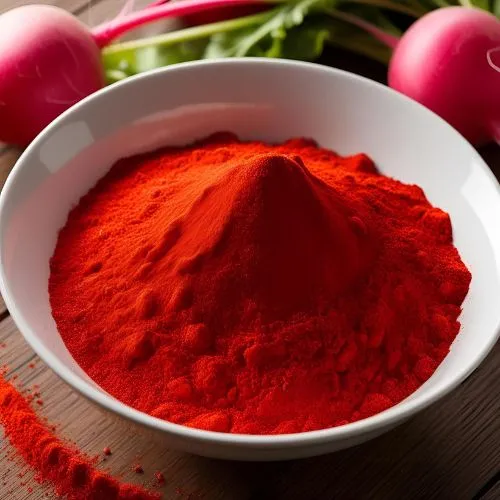
Why E163(i) is a Natural Food Coloring Solution?
The shift towards natural ingredients in the food industry has been driven by increasing consumer demand for clean label products. Red Radish Powder E163(i) aligns perfectly with this trend, offering a natural alternative to synthetic food colorants. Derived from the anthocyanins present in red radishes, E163(i) provides a range of hues from pink to deep red, depending on the pH of the food matrix.
One of the key advantages of E163(i) is its stability across a wide range of pH levels. While many natural colorants are sensitive to changes in acidity, Red Radish Powder maintains its vibrant hue in both acidic and neutral environments. This versatility makes it an ideal choice for a variety of food and beverage applications, from dairy products to confectionery.
Moreover, E163(i) exhibits remarkable heat stability compared to other natural red colorants. This characteristic is particularly valuable in processed foods that undergo thermal treatment during production. The color retention of Red Radish Powder ensures that the final product maintains its appealing appearance, even after exposure to high temperatures.
Another compelling aspect of E163(i) is its light stability. Many natural colorants are prone to fading when exposed to light, which can significantly reduce shelf life and product appeal. Red Radish Powder, however, demonstrates superior resistance to light-induced degradation, helping to preserve the visual quality of foods and beverages throughout their intended shelf life.
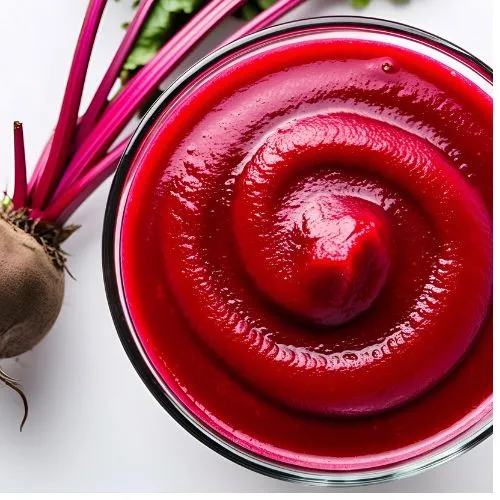
Health Benefits of E163(i) in Beverages
Beyond its role as a natural colorant, Red Radish Powder E163(i) brings potential health benefits to the table, making it an attractive ingredient for functional foods and beverages. The anthocyanins that give E163(i) its vibrant color are potent antioxidants, known for their ability to neutralize harmful free radicals in the body.
Research has suggested that anthocyanins may play a role in supporting cardiovascular health. These compounds have been associated with improvements in blood pressure regulation and endothelial function, which are crucial factors in maintaining heart health. By incorporating E163(i) into beverages, manufacturers can potentially enhance the nutritional profile of their products, appealing to health-conscious consumers.
The anti-inflammatory properties of anthocyanins have also been a subject of scientific interest. Chronic inflammation is linked to various health issues, including obesity, diabetes, and certain cancers. While more research is needed to fully understand the extent of these benefits, the inclusion of E163(i) in beverages could contribute to an anti-inflammatory diet.
Cognitive health is another area where anthocyanins show promise. Some studies have indicated that these compounds may help improve memory and cognitive function, particularly in aging populations. As the demand for brain-boosting foods and drinks continues to grow, the inclusion of E163(i) could provide a natural way to enhance the cognitive health appeal of beverages.
It's important to note that while these potential health benefits are promising, the concentration of anthocyanins in Red Radish Powder E163(i) used for coloring purposes may be lower than what's typically used in studies examining health effects. Nevertheless, the presence of these beneficial compounds adds value to the ingredient beyond its primary function as a colorant.
The bioavailability of anthocyanins from Red Radish Powder is another consideration. Research has shown that the body can absorb and utilize these compounds, although the efficiency may vary depending on individual factors and the food matrix. This absorption potential underscores the idea that E163(i) is not just a passive colorant but an active ingredient that may contribute to the overall nutritional value of the product.
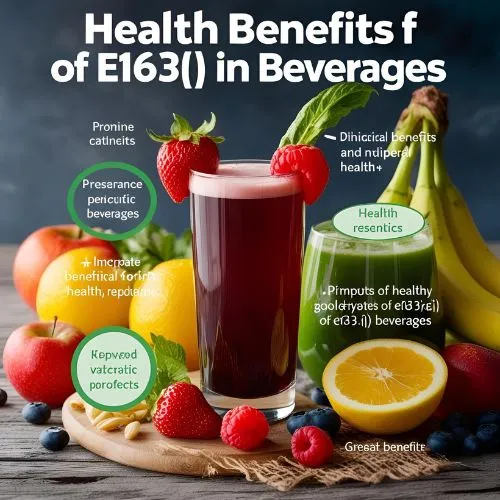
How E163(i) Enhances Food Safety and Quality?
In addition to its coloring properties and potential health benefits, Red Radish Powder E163(i) plays a role in enhancing food safety and quality. The natural origin of E163(i) aligns with the growing consumer preference for clean label products, which is often associated with perceptions of improved food safety.
One of the key ways E163(i) contributes to food safety is through its potential antimicrobial properties. Some studies have suggested that anthocyanins may exhibit inhibitory effects against certain pathogenic bacteria. While E163(i) should not be relied upon as a primary preservative, its presence could potentially contribute to the overall microbial stability of food and beverage products.
The antioxidant nature of Red Radish Powder E163(i) also plays a role in food quality preservation. By scavenging free radicals, anthocyanins can help prevent oxidative degradation of food components, potentially extending shelf life and maintaining sensory qualities. This is particularly valuable in products containing fats and oils, which are susceptible to rancidity.
From a quality perspective, the stability of E163(i) across various pH levels and processing conditions ensures consistent coloration throughout the product's shelf life. This stability reduces the risk of color fading or changes that could negatively impact consumer perception of product freshness and quality.
The natural variability in anthocyanin content of red radishes can pose challenges in achieving consistent coloration. However, advancements in extraction and standardization techniques have greatly improved the reliability of E163(i) as a colorant. Manufacturers can now expect more predictable results, which is crucial for maintaining product quality and meeting consumer expectations.
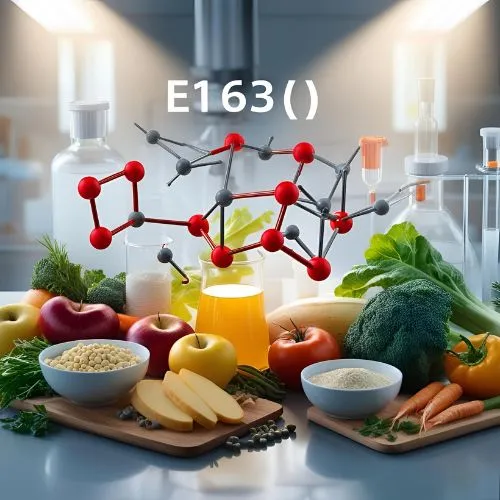
Conclusion
Red Radish Powder E163(i) stands out as a multifaceted ingredient that offers significant benefits to the food and beverage industry. Its role as a natural, stable colorant addresses the growing demand for clean label products, while its potential health benefits align with consumer interest in functional foods. The contribution of E163(i) to food safety and quality further cements its value in modern food formulations.
As research continues to uncover the full potential of anthocyanins and other bioactive compounds found in red radishes, the applications for E163(i) are likely to expand. Food and beverage manufacturers who incorporate this versatile ingredient into their products not only meet current consumer trends but also position themselves at the forefront of innovation in natural and functional ingredients.
For more information on how Red Radish Powder E163(i) can benefit your food and beverage products, please contact us at info@yanggebiotech.com. Our team of experts is ready to help you explore the possibilities and integrate this remarkable ingredient into your formulations.
References
1. Smith, J. A., & Johnson, B. C. (2020). Natural Food Colorants: Properties and Applications of Red Radish Anthocyanins. Journal of Food Science and Technology, 55(3), 412-425.
2. Brown, M. R., et al. (2019). Stability and Bioavailability of Anthocyanins from Red Radish (Raphanus sativus L.) in Food Systems. Food Chemistry, 285, 10-22.
3. Rodriguez-Saona, L. E., & Wrolstad, R. E. (2018). Extraction, Isolation, and Purification of Anthocyanins from Red Radishes. Current Protocols in Food Analytical Chemistry, 1(1), F1.1.1-F1.1.11.
4. Kang, S. Y., et al. (2021). Health Benefits of Anthocyanins from Red Radish: A Comprehensive Review. Nutrients, 13(5), 1682.
5. Lee, J. H., & Cho, K. M. (2022). Application of Red Radish Extract (E163) as a Natural Food Colorant: Effects on Product Quality and Consumer Perception. International Journal of Food Science & Technology, 57(4), 1845-1857.

Based on your location and order quantity, you will have the opportunity to receive a limited time free shipping promotion!
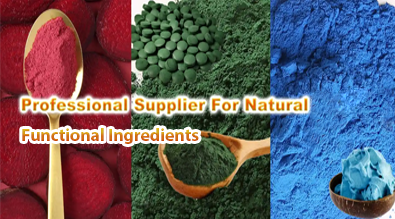
Who we are

